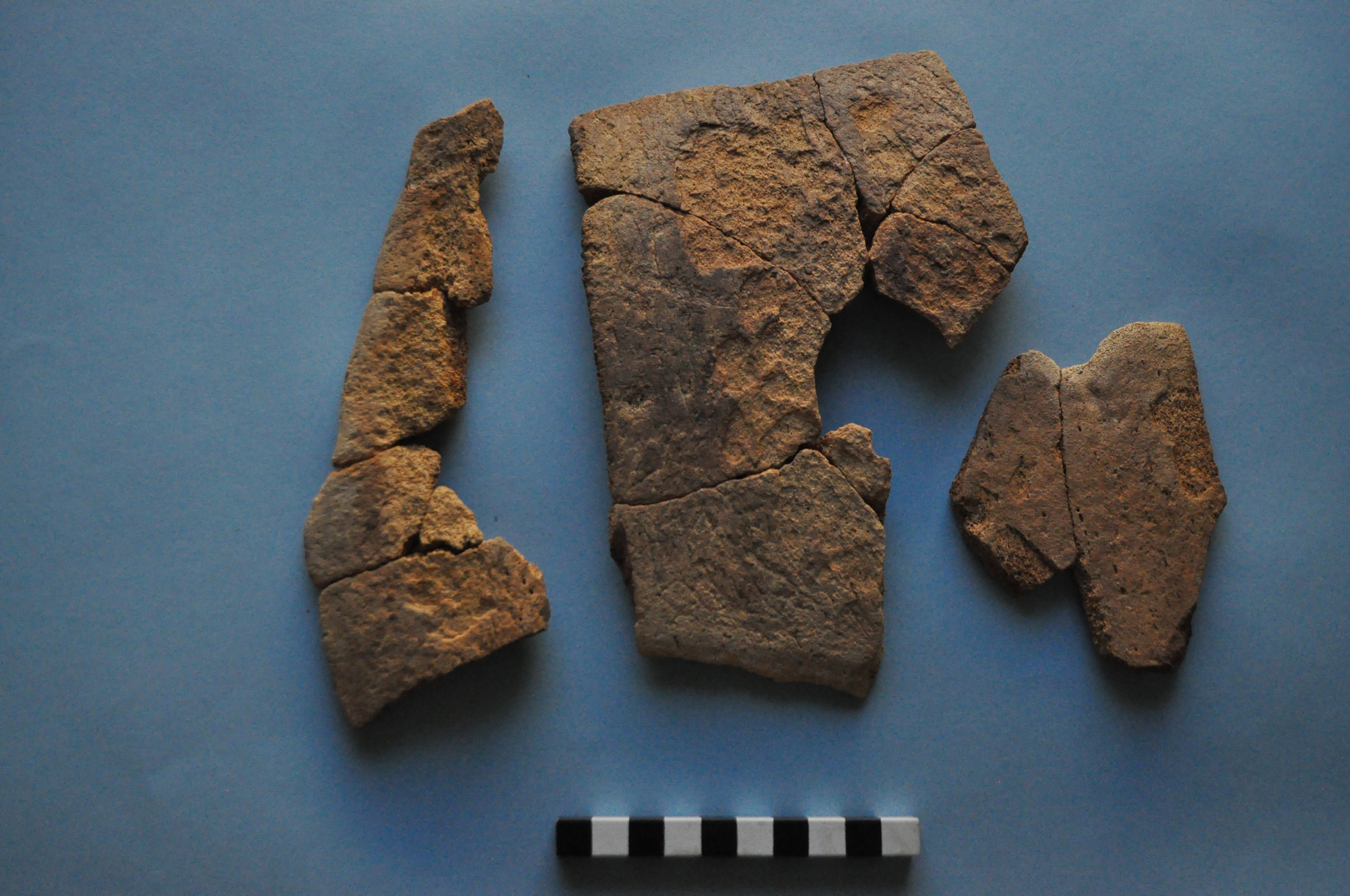This 2,300-Year-Old Egyptian Fortress Had an Unusual Task: Guarding a Port That Sent Elephants to War
A 2,300-year-old fortress that protected an ancient port called "Berenike" has been discovered in Egypt on the coast of the Red Sea by a Polish-American archaeological team.
Constructed at a time when Egypt was ruled by the Ptolemies, a dynasty of pharaohs descended from one of Alexander the Great's generals, the fortifications are sizable.
"A double line of walls protected the western part of the fortress, while a single line sufficed farther to the east and north. Square towers were built at the corners and in strategic places where sections of the walls connected," wrote archaeologists Marek Woźniakand Joanna Rądkowska in an article recently published online in the journal Antiquity. [See Photos of the Red Sea Fortress in Egypt]
The western part of the fort, which consists of double walls, faces inland, suggesting that the defenders were particularly concerned about an attack coming from that direction, Woźniak, of the Polish Centre of Mediterranean Archaeology at the University of Warsaw, told Live Science.
The biggest and the most fortified part of the Berenike fortress is a complex that is about 525 feet (160 meters) long and 262 feet (80 m) wide and consists "of three large courtyards and several associated structures, forming an enclosed fortified complex of workshops and stores," wrote Woźniak and Rądkowska, who is at the Institute of Mediterranean and Oriental Cultures of the Polish Academy of Sciences. The most impressive aspect of the fortress is its architecture, said Woźniak, who told Live Science that its "well-made monumental architecture covered and protected by [the] sands is amazing."
Within the fortress gatehouse, archaeologists found a rock-cut well and a series of drains and pools that collected, stored and distributed both groundwater and rainwater. "The two largest pools may have had a total capacity of over 17,000 litres," Woźniak and Rądkowska wrote. The fact that rainwater was drained and collected suggests that Berenike had "a more humid climate than today," they noted.
On the south side of the north defensive wall, in an ancient trash dump, the archaeologists discovered terra-cotta figurines, coins and a piece of an elephant skull.
Sign up for the Live Science daily newsletter now
Get the world’s most fascinating discoveries delivered straight to your inbox.

"Interestingly, it seems that the administrators of [Berenike] found the fortifications unnecessary. Some of them were dismantled after a very short period of existence," Woźniak told Live Science, noting that no evidence has been found of an attack on Berenike. The Ptolemies often built fortified cities and forts near the frontiers of their kingdom, said Woźniak, adding that the Ptolemies could not be sure how local people on the frontiers would react to their presence.
Ancient trade
Historical records indicate that Berenike was part of a chain of ports constructed along the Red Sea to help supply war elephants to the army of the Ptolemies,Woźniak said. In 2014, genetic research revealed that the Ptolemies likely imported their elephants from Eritrea, in East Africa.
After Rome took over Egypt in 30 B.C., trade expanded at Berenike and the port became a major center of commerce. From the first to sixth centuries A.D., evidence suggests commercial ties extended from Greece and Italy to South Arabia, India, the Malay Peninsula, Ethiopia and East Africa, Woźniak and Rądkowska wrote.
The chief directors of the Polish-American archaeological team that discovered the fortress are Steven Sidebotham, a professor of ancient history and archaeology at the University of Delaware, and Iwona Zych, the deputy director of the Polish Centre of Mediterranean Archaeology at the University of Warsaw. Research in the Hellenistic area (the area dating to the time of the Ptolemies) at Berenike is supported by Polish National Science Centre grant no. 2015/17/N/HS3/00163.
- 25 Grisly Archaeological Discoveries
- Archaeology Discoveries to Watch for in
- The 25 Most Mysterious Archaeological Finds on Earth
Originally published on Live Science.

Owen Jarus is a regular contributor to Live Science who writes about archaeology and humans' past. He has also written for The Independent (UK), The Canadian Press (CP) and The Associated Press (AP), among others. Owen has a bachelor of arts degree from the University of Toronto and a journalism degree from Ryerson University.










